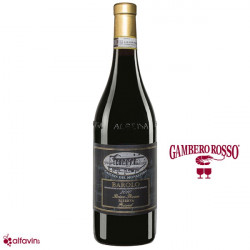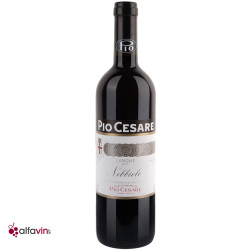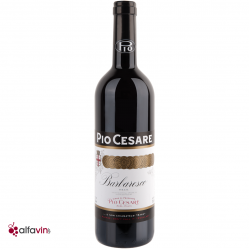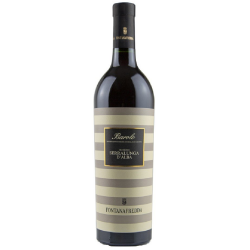Aging your wine is an important step when you decide to build a cellar. One question that is important to ask and that will determine your future purchases is what type of consumer you are. If you are a wine lover who appreciates wines when they are open, expressive, on the fresh fruit, then you prefer to taste wines when they are young. On the other hand, if you appreciate wines with more complex, more evolved aromas, you are more likely to drink older wines. Below we will explain some important rules for aging wines and why some Barolo wines age better than others.
How long can Barolo wines be kept?
There is no definitive answer to this question. Certain aspects will determine the aging potential and tasting always plays a determining role. Barolo is undoubtedly one of the best-known wine appellations in Italy and has an excellent reputation among connoisseurs, professional tasters and sommeliers. Tastings of old vintages have shown the ageing potential of these wines. As explained above, your consumer profile will determine how long the wines can be kept. The wines from this denomination of controlled origin have precise production rules which mean that the wines arrive on the market with already a few years of aging. To be entitled to the Barolo appellation, the wines must be aged for a minimum of 38 months, 18 of which in wood. And for the "Riserva" vintages, the ageing period increases to 62 months, 18 of which are spent in wood.
Most winemakers and producers decide to age their wines for longer periods of time, which will give them more structure and substance to face the years and thus ensure a better ageing potential. An important notion to keep in mind is the origin of the grapes. Depending on the terroir of the Barolo, the wines do not all age in the same way. Some parcels have a much greater potential for evolution and aging than others. In short, Barolo wines have a minimum aging potential of 8 to 10 years and depending on the terroir and the people who produce it, the wines can age between 15, 20 years or even more for some vintages.
How to store Barolo wines?
As with any other wine, storage is an important issue. There are no precise rules specific to Barolo, but there are a number of recommendations that we will detail below in order to preserve your wine in the best conditions. If we agree on the fact that an underground cellar is preferable to an above ground one, not everyone has the possibility to have one. But rest assured, with today's technology and refrigerated wine cellar manufacturers who are becoming more and more advanced in their work, it is easy to have a wine cellar in your house or apartment. There are some important rules to follow in order to preserve your wines.
The first one is the temperature. Ideally, it should be between 12 and 14°. If the temperature is too cool, your wine will have difficulty aging; if it is too warm, it will accelerate the aging of your wine. Another important point concerning the temperature is to make sure it is constant. If temperature variations cannot be avoided, they should not be too great and especially not too brutal, as wine does not like that.
The second rule to respect concerns hygrometry. The humidity in the cellar plays an important role. Ideally, it should be around 75%. If it is too dry in your cellar, the corks will shrink and the wine may leak. If it is too humid, mold and bad odors may appear. Never forget that wine and corks are living, breathing materials, so having an odor-free cellar is just as important as anything else.
The third rule that plays a role is the light. Ideally, this should be as low as possible. Wines do not appreciate daylight because it accelerates their evolution and therefore their aging. Another important precept is your choice as to how long you want to age your wine. If you want to keep your wine for at least 8 to 10 years, make sure you place it in a place in your cellar where you know it will not move, as wine does not appreciate movement.
What are the best vintages of Barolo?
In order to guide you in the purchase of wines from the Barolo vineyard, we present below a summary of the best vintages of the appellation in recent years:
- 2016, a complete vintage. The balance is perfect and the recent tastings show all the potential of this vintage, ready to face the years.
- 2015, is a sunnier year but with a strong aging potential. The wines are balanced but less complete than the 2016s.
- 2013, in the vein of the 2010s with a beautiful quality at the finish. A very slow maturing wine. A year to be left to age quietly in the cellar.
- 2011 gave wines with a rather supple structure and ripe fruit. A vintage in elegance that tastes good now.
- 2010 is what we call a classic vintage. Ripe, firm tannins supported by a good framework of freshness. Great balance for this year with a great ageing potential.
- 2008 A vintage under the sign of power, austere, which requires time to express itself fully.
Discover our articles on Barolo:
How is Barolo produced? Alfavin.ch tells you everything!
What to eat with a Barolo? Alfavin.ch tells you everything!
How much does a Barolo Cost?
Discover also our wine subscriptions to offer as gifts or for yourself.









